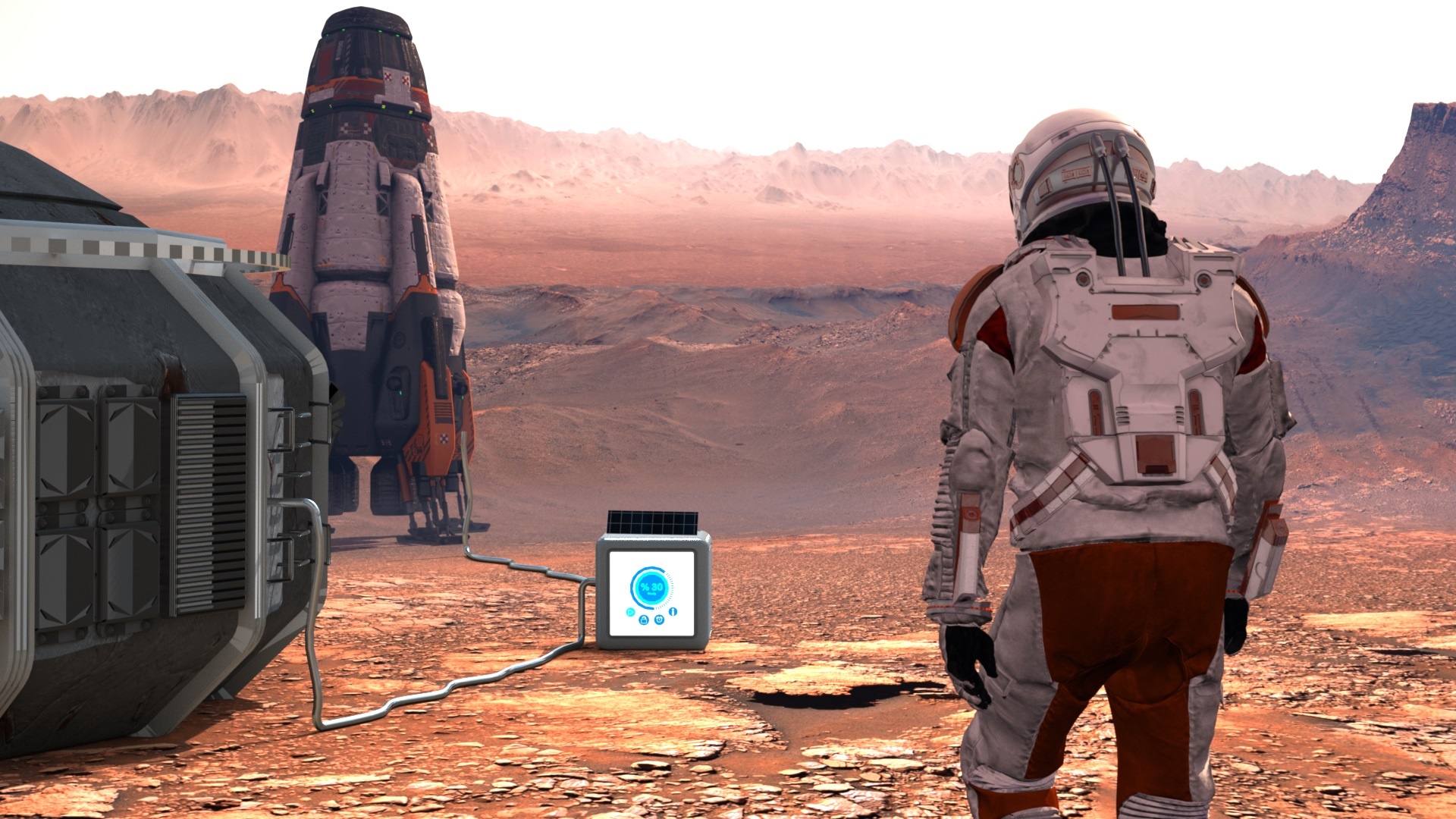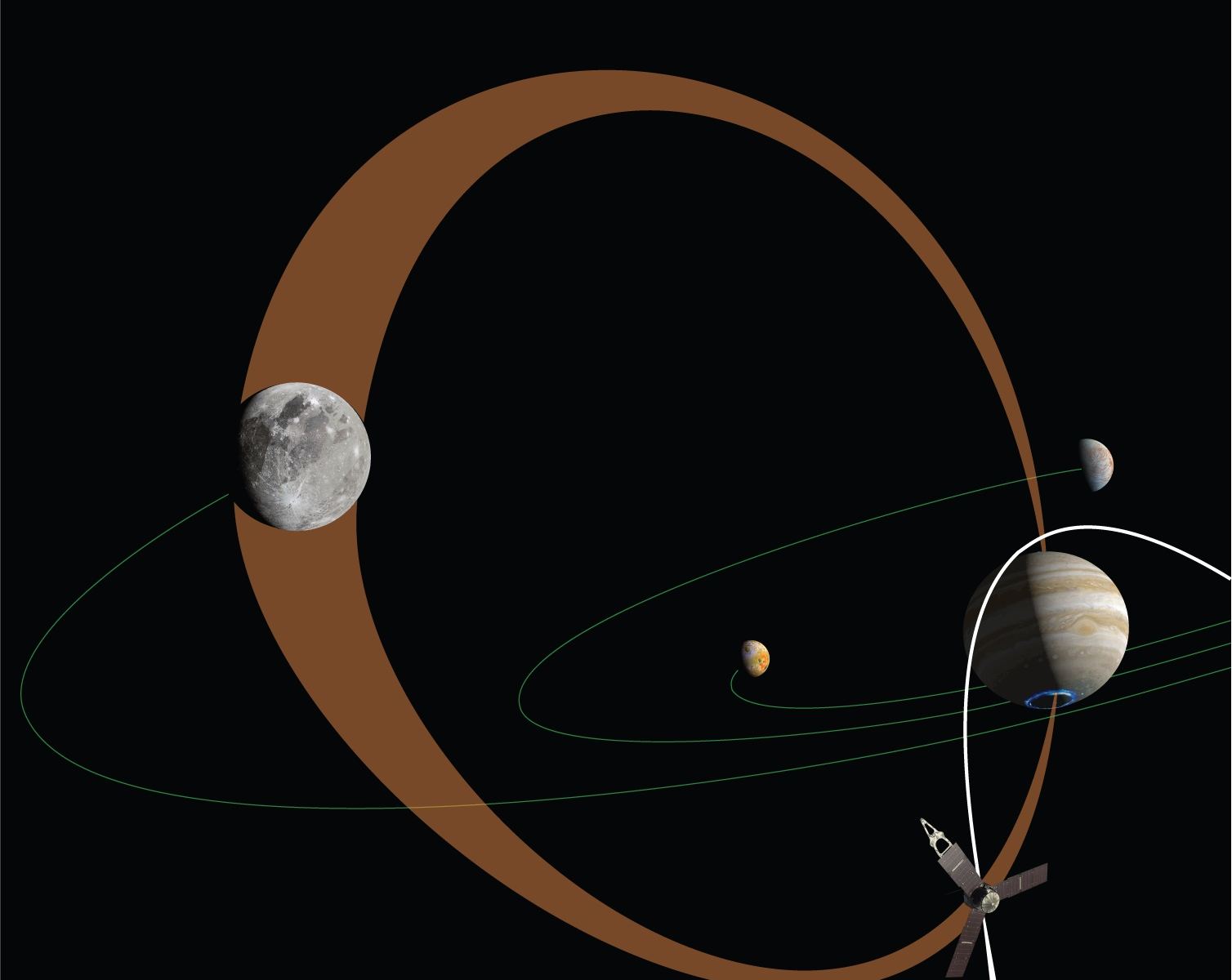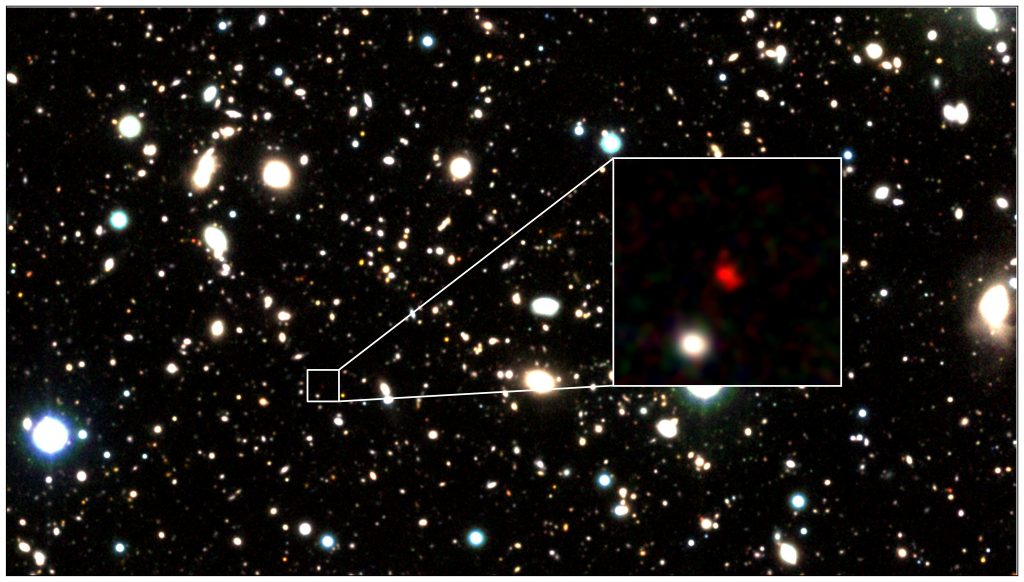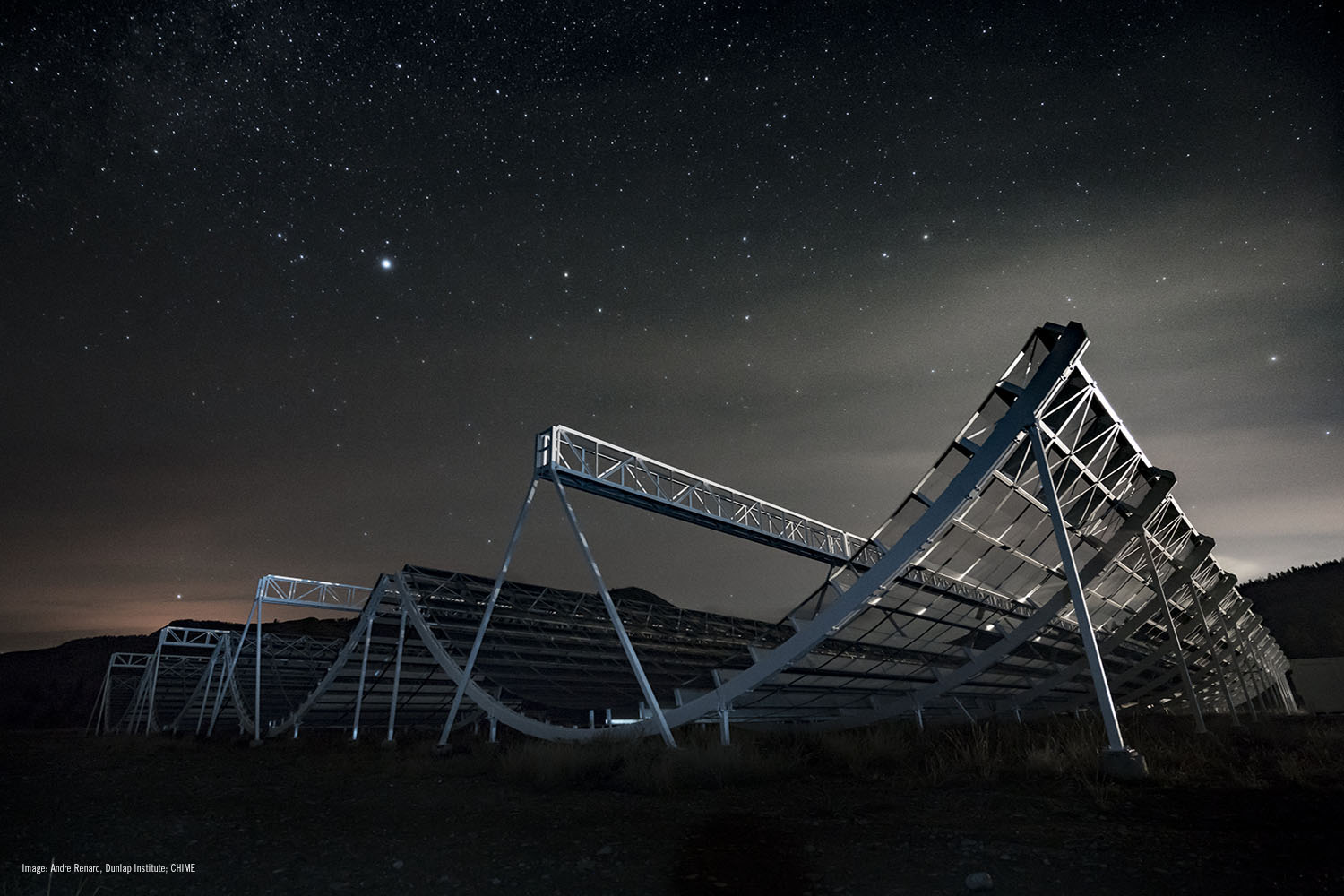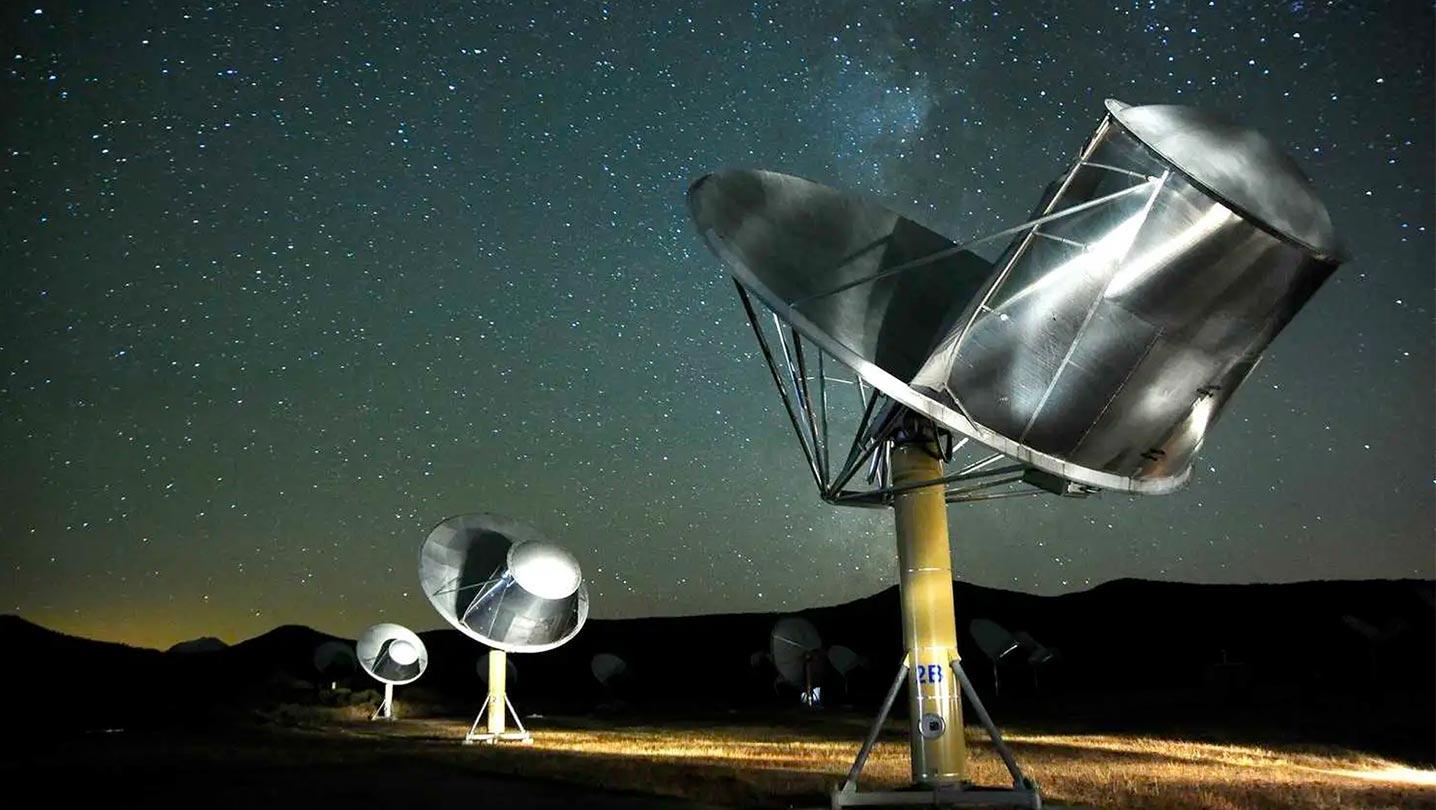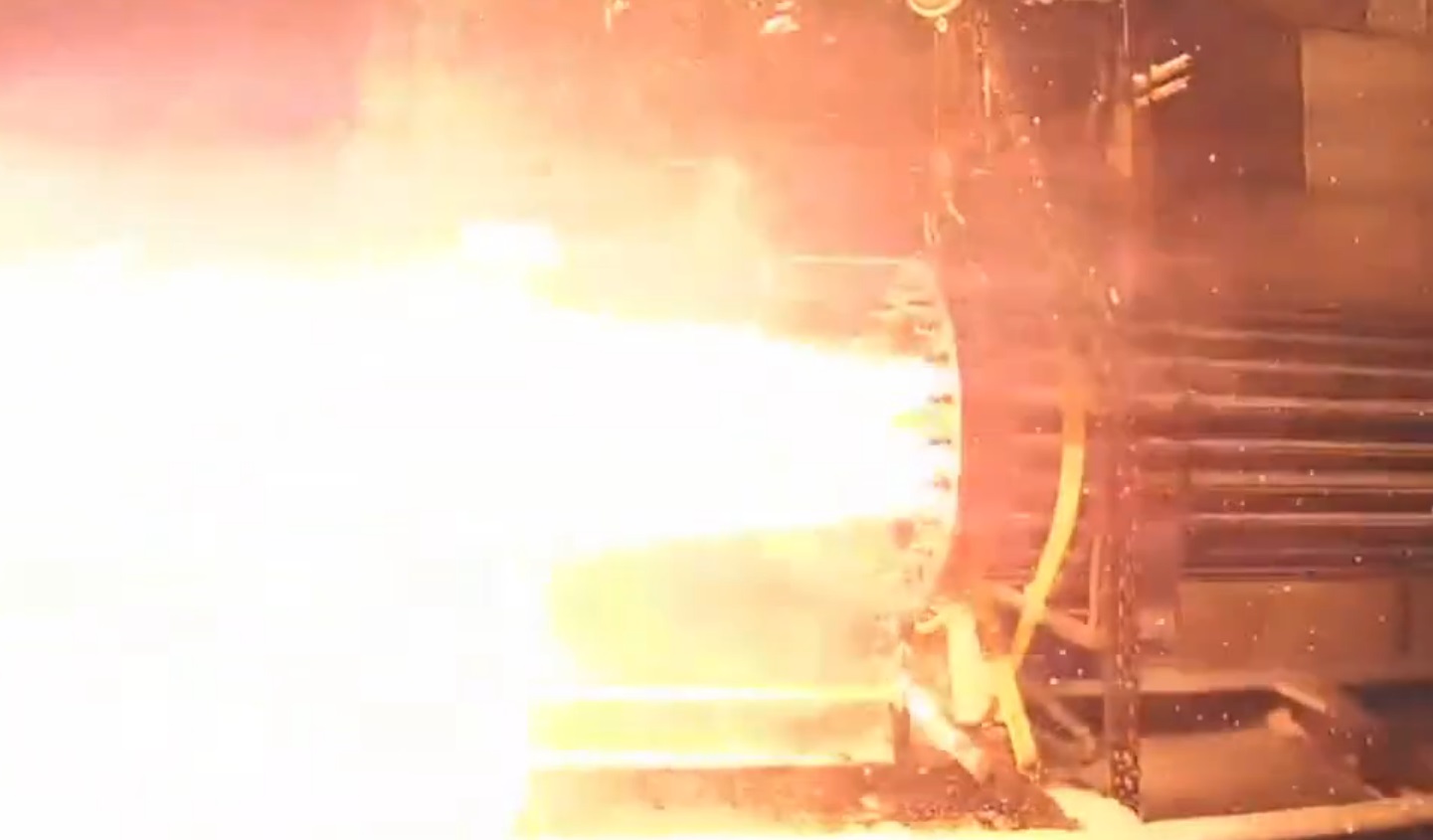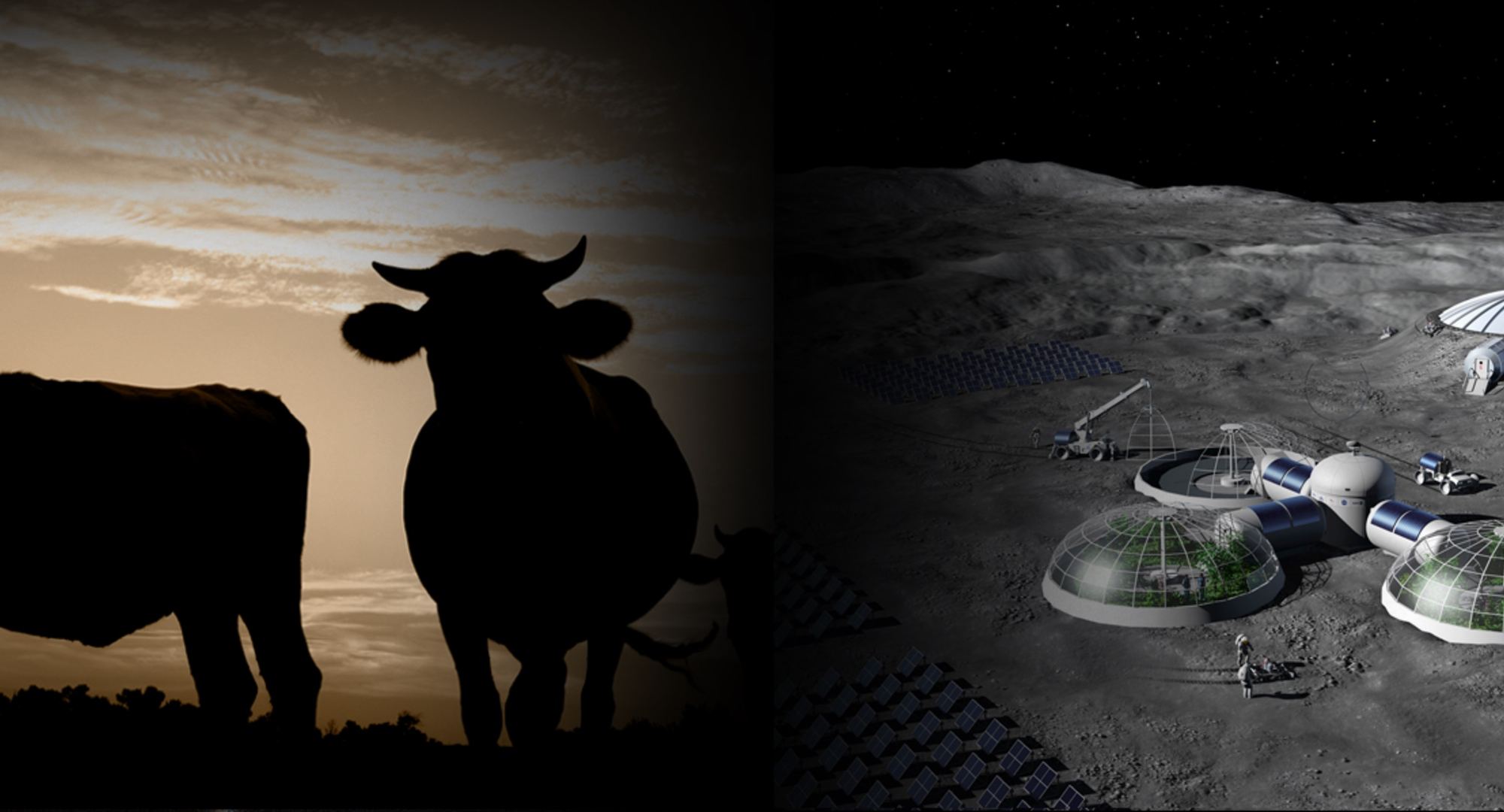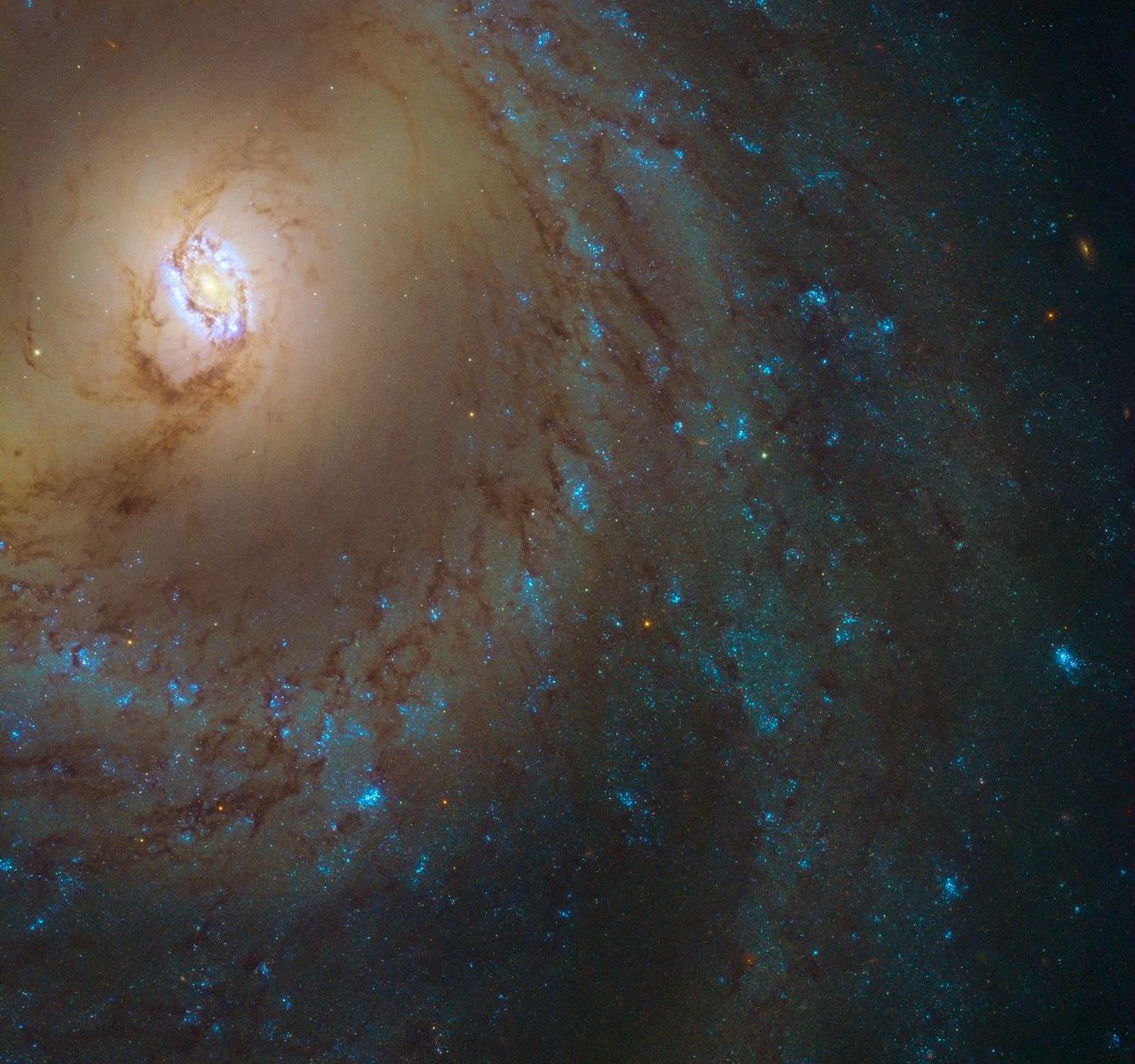An interesting photo-op took place at Launch Complex 39 at NASA’s Kennedy Space Center in Florida last week. On April 6th, two different rockets were photographed occupying neighboring launch pads – LC 39A and 39B. The former was occupied by the Falcon 9 rocket and Dragon capsule (visible in the foreground) that launched the first all-private mission to the International Space Station (ISS) on April 8th – the Axiom Mission 1 (Ax-1).
The latter was occupied by the NASA Space Launch System (SLS) rocket and Orion Spacecraft that will be used to conduct the inaugural launch of the Artemis Program (Artemis I) this summer (seen in the background). This is the first time two different types of rockets and spacecraft occupied LC 39’s sister pads simultaneously. This will become the norm in the future as the KSC continues to grow and becomes a multi-user spaceport that launches government and commercial rockets.
Further Reading: NASA


